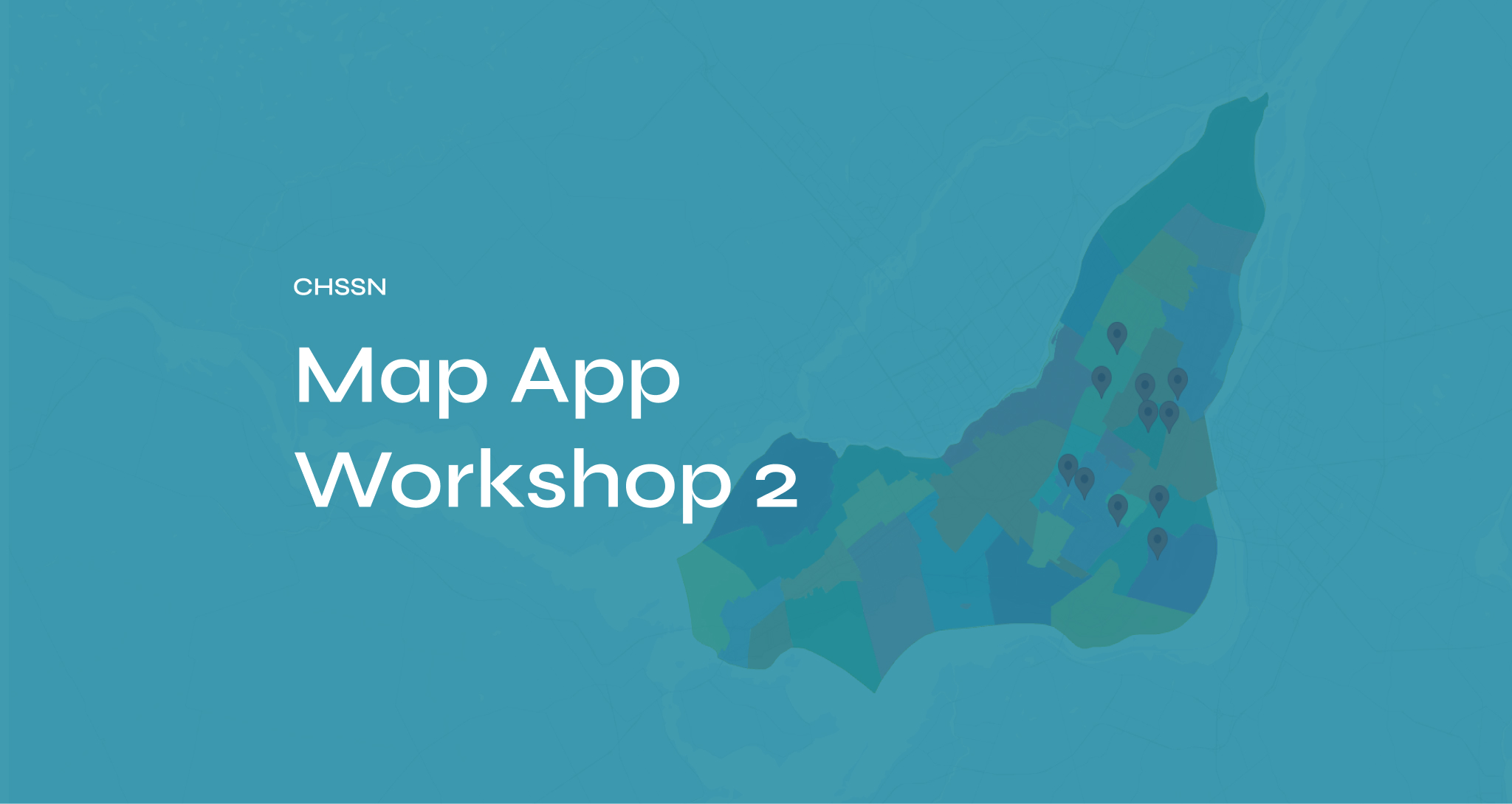
Strengthening Your Impact: Map App Workshop 2
CHSSN’s second Map App workshop moved beyond the basics to explore how organizations can use the platform not just to be seen—but to grow, connect, and lead. Designed for returning users, the session emphasized profile optimization, team collaboration, and the strategic use of demographic data to strengthen funding applications and partnerships.
How CHSSN’s Map App Helps Organizations Grow, Connect, and Lead
Visibility That Supports Your Mission
At its core, the Map App is a visibility engine. A well-maintained profile helps ensure your organization is accurately represented within Quebec’s health and social service ecosystem. It connects your services to the people who need them most—and to the partners who could help you expand.
Keeping profiles up to date with accurate service descriptions, locations, and languages helps stakeholders understand who you serve and how. This becomes essential when writing grant applications, approaching funders, or collaborating with peers.
Team Collaboration, Simplified
One of the most practical upgrades covered in the workshop is the ability to manage teams directly within the app. Organizations can now invite staff, assign permissions, and update information more efficiently. With these shared tools, data accuracy doesn’t depend on one person—it becomes a shared responsibility.
This collaborative model supports continuity even during staff transitions, ensuring that key organizational data remains consistent and visible.
Strategic Data Use for Funding and Planning
The workshop emphasized how organizations can match their services to regional demographic trends. By linking profile information with community needs—visible through the app’s demographic filters—organizations can better demonstrate their relevance and impact.
Need to show that your English-language support group aligns with the growing number of seniors in a specific borough? Or that your newcomer program fills a service gap for Arabic-speaking families? The Map App helps turn that narrative into clear, visual evidence.
Connecting with Peers and Building Momentum
During the session, guest speaker Marissa Norton shared how her organization has expanded its reach by pairing the Map App with Google Ads. By targeting relevant search terms and directing users to their profile or service listings on the map, they’ve seen an increase in community awareness and service uptake. Her example demonstrated how combining data visibility with digital outreach can amplify the impact of community programs and support strategic growth.
This hybrid approach—where mapping meets marketing—shows how digital tools can work together to ensure communities not only see what’s available, but take action on it.
Beyond service visibility, the Map App is also a tool for ecosystem building. It enables users to identify like-minded organizations, map service clusters or gaps, and approach potential collaborators with context and clarity.
As more organizations complete and maintain their profiles, the map becomes richer—and so do the insights it provides.
Final Takeaway
The advanced Map App workshop reminded us that community work doesn’t happen in isolation. When your data is complete and current, your organization becomes more discoverable, fundable, and connected.
Whether you’re new to the platform or already integrated, there’s always more to gain by revisiting your profile, exploring the data, and sharing the load across your team.
Let’s keep building a clearer picture of Quebec’s support network—together.


